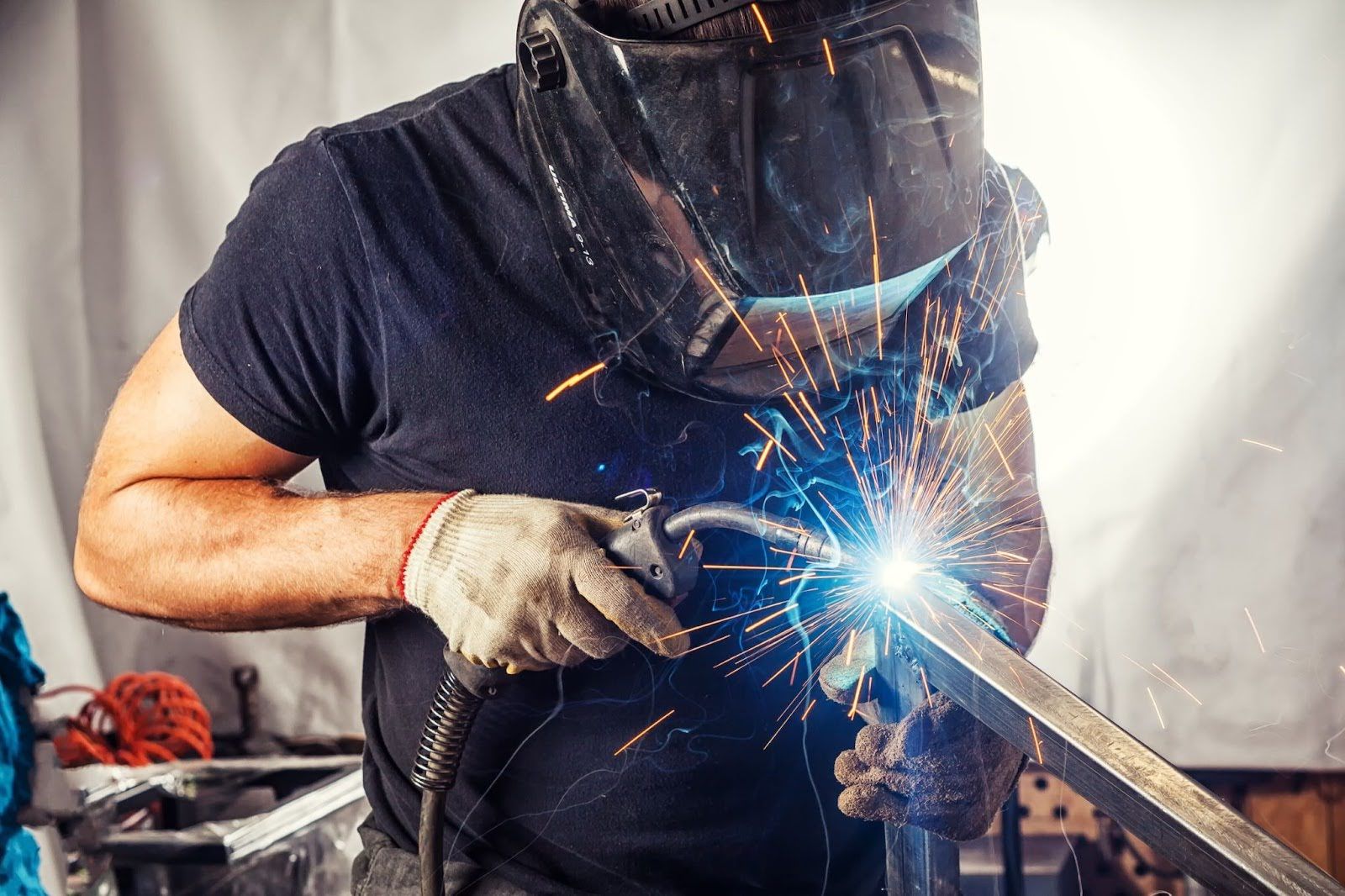Finest Practices for Preventing Weld Undercut: Understanding the Basics
Finest Practices for Preventing Weld Undercut: Understanding the Basics
Blog Article
Essential Tips for Welders: Protecting Against Undercut Welding and Ensuring Stronger Weld Joints
In the realm of welding, accomplishing strong and resilient weld joints is the foundation of creating high-grade work. One common difficulty that welders often come across is undercut welding, which can endanger the honesty of the weld joint.

Comprehending Undercut Welding
Undercut welding is a typical welding issue that happens when the weld steel fails to correctly load the groove and results in a groove-like depression along the weld grain. This flaw compromises the weld joint, making it at risk to splitting and failing under stress and anxiety. Undercutting can be triggered by different factors, including excessive welding existing, high welding speed, inappropriate electrode angle, incorrect electrode size, and bad welding method.
One of the primary factors for undercut welding is an imbalance between the welding present and the welding rate. If the welding current is too high or the welding speed is too fast, the weld steel may not properly load the groove, resulting in damaging. Furthermore, using an electrode that is too big can result in a comparable end result, as the excess metal can not appropriately move into the groove.
To avoid undercut welding, welders ought to guarantee they are utilizing the appropriate welding specifications, maintain an ideal electrode angle, choose the suitable electrode size, and technique appropriate welding strategies. By addressing these variables, welders can reduce the risk of damaging and develop stronger, extra trustworthy weld joints.
Proper Welding Strategy
Reliable welding method plays an essential role in ensuring the high quality and honesty of weld joints. One fundamental aspect of proper welding method is keeping the proper angle and distance in between the welding weapon and the work surface.
Furthermore, a regular and steady hand activity is crucial for creating strong and sturdy weld joints. Welders need to go for smooth, consistent motions to make certain also distribution of the weld material. Correct control of the welding weapon and filler material is also essential to achieving optimum infiltration and fusion.
Furthermore, controlling the warmth input and choosing the appropriate welding specifications based on the material being welded are important consider achieving top notch welds - Preventing weld undercut. Welders ought to follow the recommended settings provided by welding procedure specifications and adjust them as needed based on the details demands of the job. By grasping proper welding methods, welders can considerably improve the strength and integrity of their weld joints
Selecting the Right Electrode
When considering the importance of picking the appropriate electrode in welding applications,Keeping the correct angle and range in between the welding gun and the work surface is essential. The choice of electrode plays an essential role in determining the quality and stamina of the weld joint. Electrodes are available in numerous kinds, each created for particular objectives and materials.
To start with, picking the ideal electrode diameter is essential. Thinner electrodes are ideal for welding slim products, while thicker electrodes are much better for thicker materials and greater heat applications. Matching the electrode size to the thickness of the work surface aids attain a balanced weld.
Secondly, recognizing the material composition of the electrode is essential. Different electrodes are created for welding specific materials like steel, stainless-steel, light weight aluminum, or cast iron. Utilizing the correct electrode material makes sure good blend and decreases the danger of flaws in the weld.
Finally, taking into consideration the welding setting and strategy is critical when selecting the electrode kind. For example, certain here are the findings electrodes are much better fit for overhanging or upright welding settings, while others function well for level or straight placements. Picking the appropriate electrode based on the welding technique improves the overall weld high quality and honesty.
Preparing the Base Metal
To guarantee a successful welding procedure, what first actions should be taken when preparing the base steel for welding? Furthermore, any kind of existing weld material or residue from previous welding need to be gotten rid of to guarantee a clean surface for the new weld.

Performing Post-Weld Assessments

After conducting these evaluations, welders should contrast the results versus industry requirements and task needs to make sure that the weld joint fulfills all required standards. Any kind of insufficiencies or discrepancies found throughout the post-weld inspection needs to be immediately addressed with ideal restorative measures to guarantee the weld's integrity. By faithfully carrying out post-weld assessments and promptly resolving any type of problems, welders can support the high quality and dependability of their job, inevitably adding to the safety and longevity of the bonded frameworks.
Conclusion

To conclude, avoiding undercut welding and making certain stronger weld joints need a combination of appropriate welding strategy, picking the best electrode, preparing the base metal appropriately, and performing post-weld inspections. By comprehending the causes of undercut welding and carrying out the needed precautions, welders can create premium weld joints that meet sector criteria and make sure the architectural stability of the bonded parts.
Undercut welding is an usual welding problem that takes place when the weld steel stops working to properly fill up the groove and results in a groove-like anxiety along the weld bead (Preventing weld undercut). Damaging can be triggered by numerous factors, including too much welding existing, high welding speed, incorrect electrode angle, inaccurate electrode size, and poor welding strategy
One of the major reasons for undercut welding is a discrepancy in between the welding current and the welding rate. If the welding current is too high or the welding speed is as well quickly, the weld steel might not effectively load the groove, leading to damaging.Preserving the proper angle click for more and range in between the welding weapon and the workpiece is fundamental when considering the value of picking the ideal electrode in welding applications.
Report this page